Diesel is a blend of different hydrocarbons that is created through the fractionated distillation of crude oil. Its boiling interval ranges from 150 to 390 °C. Diesel is predominantly used as fuel for automobiles. Traces of organically bound nitrogen, chlorine, and sulfur can be found in diesel, originating either from additives or from natural sources.
These compounds produce environmental pollutants during fuel combustion. As these pollutants are harmful to the environment and to human health, their content (S, CI, N) must be as limited as possible. Permanent quality control is crucial to ensure the quality of the product and to conform to legal limit values.
The compEAct N is an analysis system that was directly designed for the efficient and hassle-free measurement of nitrogen contents over a broad range of concentrations.
Featuring a combination of highly sensitive HiPerSens® detection and catalyst-free high-temperature combustion, it enables nitrogen to be detected at concentrations varying from 15 µg/l up to 10,000 mg/l, all in the same device.
Materials and Methods
Samples and Reagents
- A range of fuel samples
- Calibration standard kit Nitrogen (0–25 mg/l) (Analytik Jena, Art.-No.: 402-889.069)
- Isooctane (C8H18), Suprasolv®, GR for gas chromatography (Merck Art.-No.: 1.15440.1000)
- Pyridine (C5H5N), GR for analysis (Merck Art.-No.: 1.09728.0100)
Sample Preparation
The samples are light volatile, have a low viscosity, and contain TN in the ultra-trace level. This eliminated the need for a pretreatment stage and the samples were directly analyzed.
Calibration
Before the actual analysis, the system was calibrated utilizing nitrogen standard solutions based on pyridine (N) in isooctane ranging from 0 to 2000 µg/kg. Figures 1 and 2 demonstrate the performance parameters and typical calibration curves.
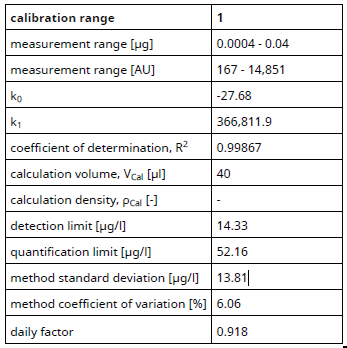
Figure 1. Calibration range 1 – ultra-trace.
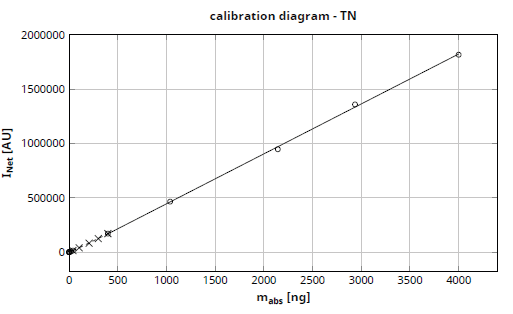
Figure 2. Wide-range calibration curve of the HiPerSens detector.
A range of concentrated standards were used to check the calibration.
Instrumentation
A compEAct N featuring HiPerSens CLD detection was used to perform the measurements to determine nitrogen content. The LS 2 liquids sampler was used to perform sample introduction in complete automation to provide a high sample throughput.
The measurements were performed in vertical operation mode. The samples were directly injected into the evaporation zone of the quartz glass combustion tube. This procedure was performed in full automation using the LS 2 high-throughput liquids autosampler.
The bi-phasic, catalyst-free combustion stage is performed at temperatures as high as 1050 °C. The first stage of the process is where volatile sample components are evaporated in an inert gas stream, before the gaseous products produced are combusted in an oxygen-rich environment.
The formed pyrolysis products and the heavier, non-volatile sample components are quantitatively oxidized in pure oxygen in the second phase. The quartz pyrolyzer modulates the combustion process, prevents incomplete combustion, and ensures uniform evaporation. This produces the best conditions for an efficient and reproducible ultra-trace analysis.
The Auto-Protection System used provides the highest operational safety (aerosol and particle trap) and fully transports the NOx produced into the chemoluminescence detector once the reaction gases have been sufficiently dried. A detection limit as low as 15 µg/l N is provided by the compEAct N.
Method Parameters
For all analyses, the standard method ASTM D4629 was used from the ASTM method module. The parameter settings for the combustion process are summarized in Table 1.
Table 1. Process parameters compEAct.
| Parameter |
Specification |
| Furnace temperature |
1050 °C |
| Second combustion |
60 s |
| Ar flow (first phase) |
150 ml/min |
| O2 main flow |
200 ml/min |
| O2 flow (second phase) |
150 ml/min |
| Draw up |
2 µL/s |
| Injection |
0.5 µL/s |
Evaluation Parameters
Standard method settings were used. Table 2 provides a summary of the parameter settings.
Table 2. Detection parameters CLD.
| Parameter |
Specification NS |
| Max. integration time |
300 s |
| Start (N) |
1 cts |
| Stop (N) |
1 cts |
Results and Discussion
The samples analyzed in this study are a representative spectrum from the area of fuel production.
The results provided in Table 3 are averages of three replicate measurements of test standards and samples. An injection volume of 40 µl was utilized for all standards and samples. Figures 3–6 demonstrate typical measuring curves for a selection of samples along with one standard.
Table 3. Results of the total nitrogen determination in different fuels.
| Measurement |
TN |
SD |
| Diesel (automotive, DK) |
0.87 ppm |
±0.02 ppm |
| UL-Diesel (UL-DK) |
7.77 ppm |
±0.04 ppm |
| Bio Diesel (2nd generation, B-t-L) |
0.22 ppm |
<0.01 ppm |
| Diesel + 7% FAME |
2.53 ppm |
±0.04 ppm |
| Diesel (Marine Gasoil) |
28.7 ppm |
±0.71 ppm |
| Regular Gasoline (OK) |
2.24 ppm |
±0.12 ppm |
| Light Gasoline |
0.14 ppm |
<0.01 ppm |
| Jet Fuel A |
9.17 ppm |
±0.04 ppm |
| Kerosene |
3.65 ppm |
<0.01 ppm |
| TN Standard (c = 0.07 ppm) |
0.07 ppm |
<0.01 ppm |
| TN Standard (c = 0.72 ppm) |
0.72 ppm |
±0.03 ppm |
| TN Standard (c = 36 ppm) |
36.2 ppm |
±0.09 ppm |

Figure 3. TN analysis curve for sample “Kerosene”.
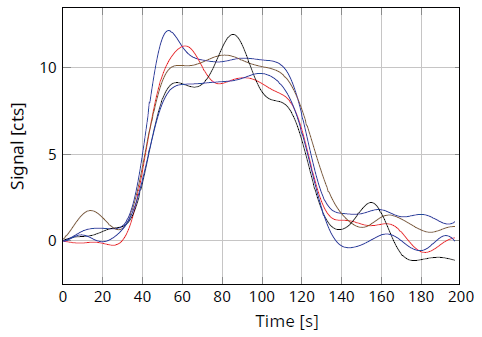
Figure 4. TN analysis curve for sample “Light Gasoline”.
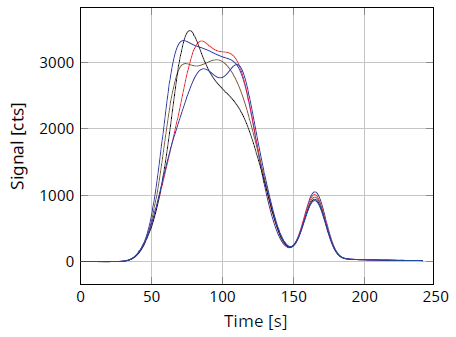
Figure 5. TN analysis curve for sample “Marine Gasoil”.
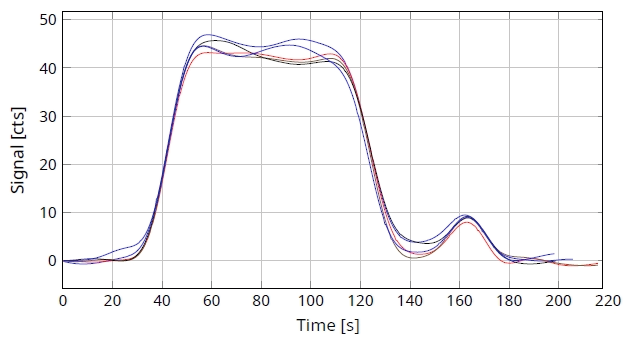
Figure 6. TN analysis curve for standard “0.72 ppm N”.
A threefold analysis is usually adequate to attain results within 3 % RSD due to the ideal process conditions. The sample processing time is significantly decreased, which produces a higher sample throughput.
The high quality of the sample combustion is proven by the analysis results acquired and their reproducibility. The accurate performance of the analysis system was verified by investigating standard materials with known N contents (as shown in Table 3).
Conclusion
The compEAct N is ideally suited for the analysis of a broad range of nitrogen contents in various fuel samples (such as gasoline, diesel, bio diesel, and kerosene).
With its novel HiPerSens® technology, the detector reaches a measuring range of up to 10,000 mg/l starting at a lower detection limit of 15 µg/l of nitrogen. The effective sample digestion and the fast Auto-Protection system provide superior reproducibility, regardless of the digestion features and composition of the analyzed fuel (such as FAME and color additives) and the TN concentration.
The LS 2 liquids sampler easily achieves a high sample throughput. The volume of the sample can be decreased by 10 to 20 µl to reduce additional analysis time. Due to the sensitivity of the compEAct, this is enough to achieve dependable results in a quick time-frame. The analysis system can be extended to analyze LPG and gaseous fuels by adding an appropriate sampling system.

This information has been sourced, reviewed, and adapted from materials provided by Analytik Jena US.
For more information on this source, please visit Analytik Jena US.